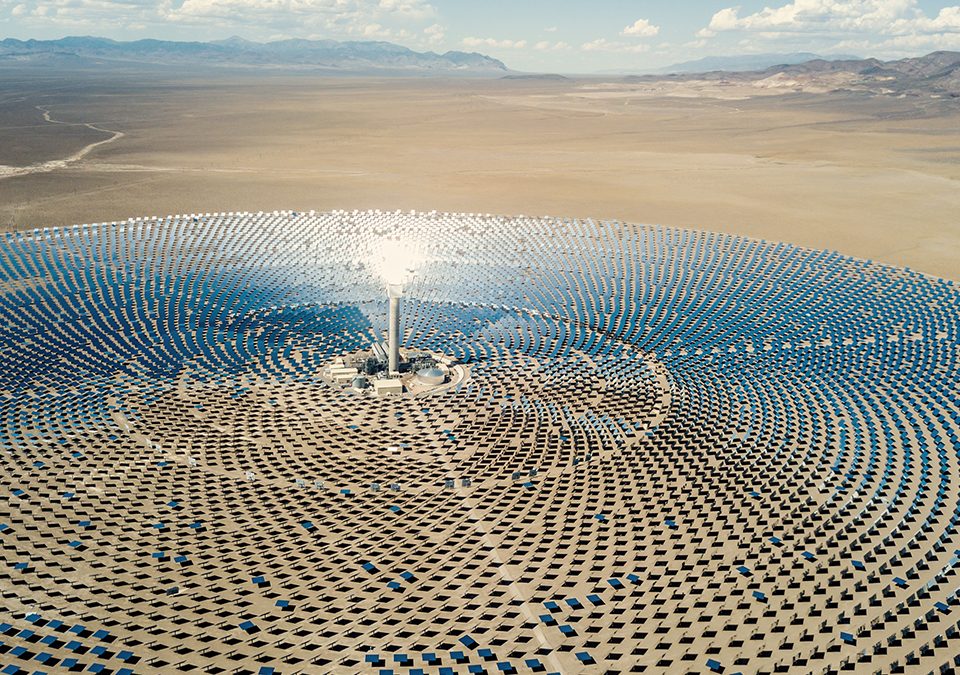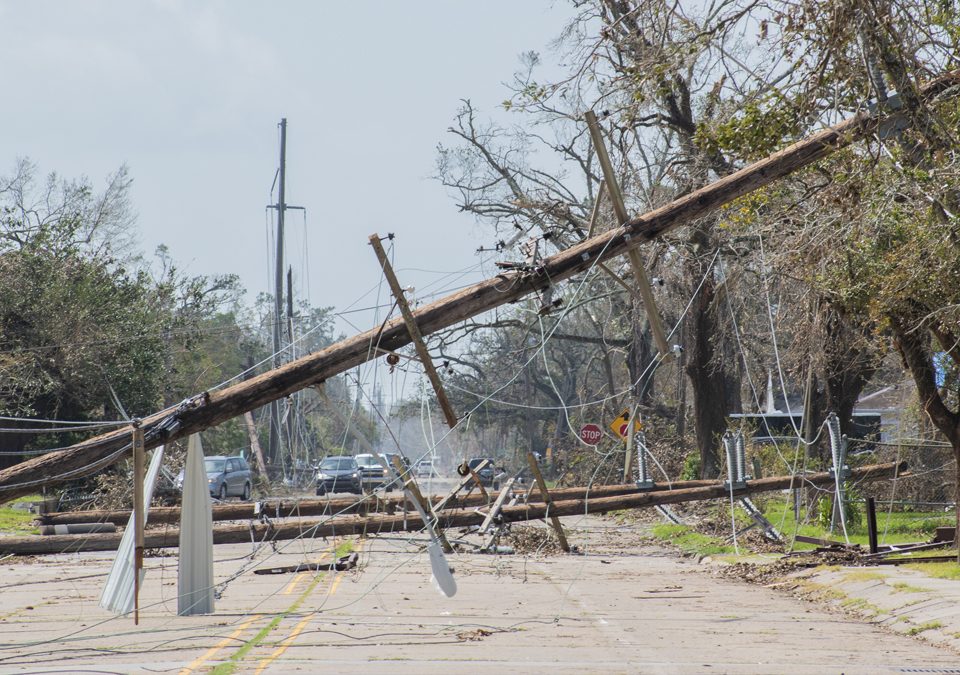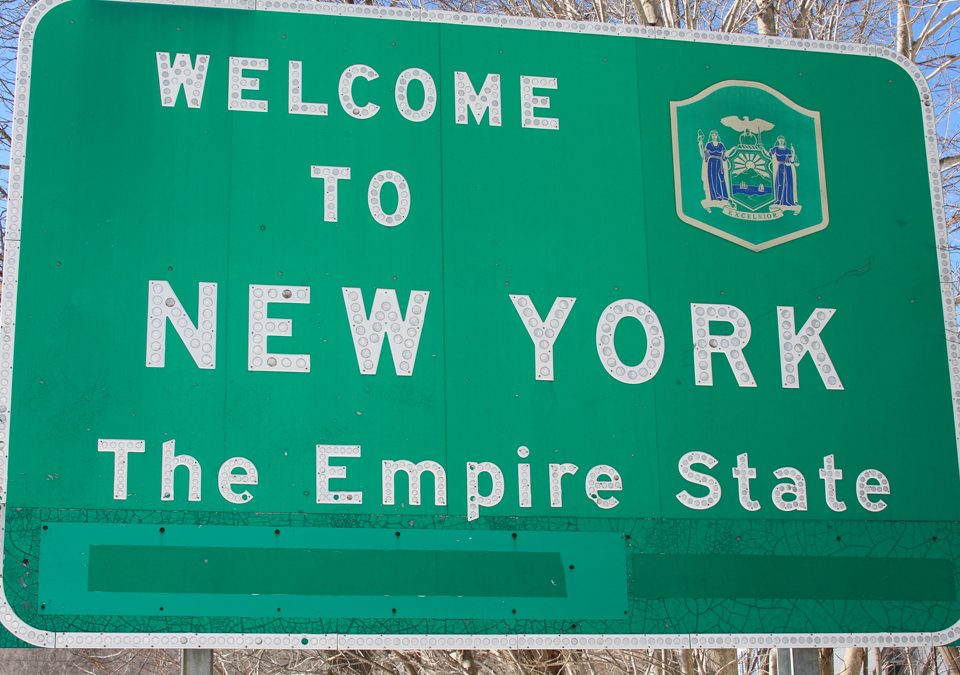Community Solar for All
A Rising Tide of Questions About Deregulation
April 24, 2018Looking at EVs through Tortoise-Shell Glasses
May 1, 2018PACE supports “all of the above” energy policies, even though the phrase itself has fallen out of fashion in some circles. All of the above, in case we haven’t always been clear, includes renewable energy.
One of the most important renewable sources is community solar. The price is right, compared to many other forms of renewable energy. And there’s something intangible too, that may not appear on a spreadsheet. Somehow, people respond to seeing panels in a small, approachable array while on their way to the grocery store or the local school.
Owing to our interest in community solar, we were pleased to see a new report released last week by the North Carolina Clean Energy Technology Center. It provides a snapshot of community solar development, with a special focus on the Southeast (defined for this purpose as nine states) and lower-income communities. Across the nine states, it looks at cooperative and municipal community solar efforts and flags the state policies that may have been contributing factors.
The report followed on a December 2017 workshop in North Carolina, which convened cooperative and municipal utilities, community service organizations, clean energy advocates, and financial institutions. Across 19 pages, you’ll find useful resources presented in a clear manner (a much too rare approach to energy policy writing).
The workshop (PACE did not attend but hopes to in the future!) asked how to continue bringing down community solar costs and increase low-income participation in community solar programs. It seems clear that low-income engagement with community solar subscription programs has a lot of room for growth.
Even for those who grew up in the South and feel familiar with poverty, some bracing statistical reminders help explain why subscribing to community solar projects may not be top of mind for many citizens:
“The southern region of the U.S. has the highest rates of poverty in the country, especially the rural regions … According to [USDA] 21.7 percent of non-metro residents live in poverty …”
“In North Carolina, households living below 50 percent of the federal poverty level spent 29 percent of their income on utilities.”
Unsurprisingly, one of the key tactics for increasing lower-income engagement with community solar is ensuring that customers immediately see a cost-benefit on their monthly bills. It seems so common-sense that you wonder why it needs saying, but I can easily imagine in the enthusiasm stage of developing a project, the need for an incredibly tight connection between investment and on-bill savings might be overlooked.
Another key finding - size matters. Making community solar installations larger, thereby boosting the economies of scale, may create more opportunity to designate portions for lower-income households.
The recommendation to explore tapping federal energy bill assistance programs leapt out. With a tight federal budget and some room for the current Office of Management and Budget to grow in its understanding of LIHEAP’s value, I can see how this idea might cause some a little pause. So, kudos to the report authors for clearly stating:
“…[I]t is important to avoid diverting these program funds unless such a diversion results in a net financial benefit to the communities and individuals served by the program.”
Having everyone, no matter their economic profile, educated about energy and engaged in projects that benefit the community is beneficial for society and individuals. So, hats off to the diverse group who put so much time and energy into thinking about how to make community solar truly community-wide.
Online recommendations
- Casino Non Aams
- Slot Sites UK
- Non Gamstop Casino
- UK Online Casinos Not On Gamstop
- UK Online Casinos Not On Gamstop
- Casino Sites Not On Gamstop
- Online Casinos
- Best Non Gamstop Casinos
- Non Gamstop Casino Sites UK
- Non Gamstop Casinos UK
- UK Betting Sites Not On Gamstop
- Casinos Not On Gamstop
- Non Gamstop Casinos
- Non Gamstop Casinos
- Best Non Gamstop Casinos
- UK Online Casinos Not On Gamstop
- Casino Sites Not On Gamstop
- Non Gamstop Casino
- Casino Not On Gamstop
- Casinos Not On Gamstop
- New Non Gamstop Casinos No Deposit Bonus



